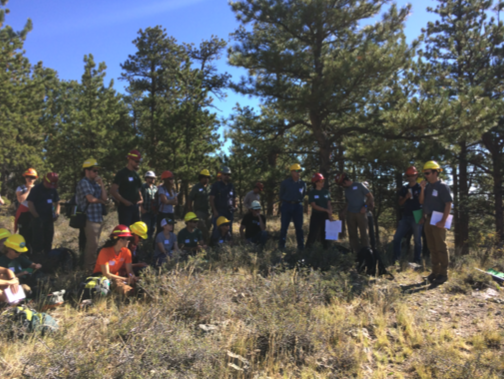Kevin J. Barrett, Jeffery B. Cannon, Tony Cheng
-
Dry Coniferous forests of the Front Range have undergone a myriad of changes resulting from land use changes including fire suppression, logging, and grazing.
-
Increases in tree density, species composition shifts to fire- intolerant species such as Douglas-fir, and the homogenization of the forested landscape can contribute to large, uncharacteristic, high severity fires that are increasingly occurring along Colorado’s Front Range
-
The Collaborative Forest Landscape Restoration Program (CFLRP) was established in 2010 to address the increasing extent of large, high severity fires and to increase the pace and scale of forest restoration on fire-prone federal lands
-
The Front Range Roundtable received CFLRP funding in 2010 and developed a monitoring plan and adaptive management strategy to assess project outcomes based on a set of collaboratively developed desired conditions

